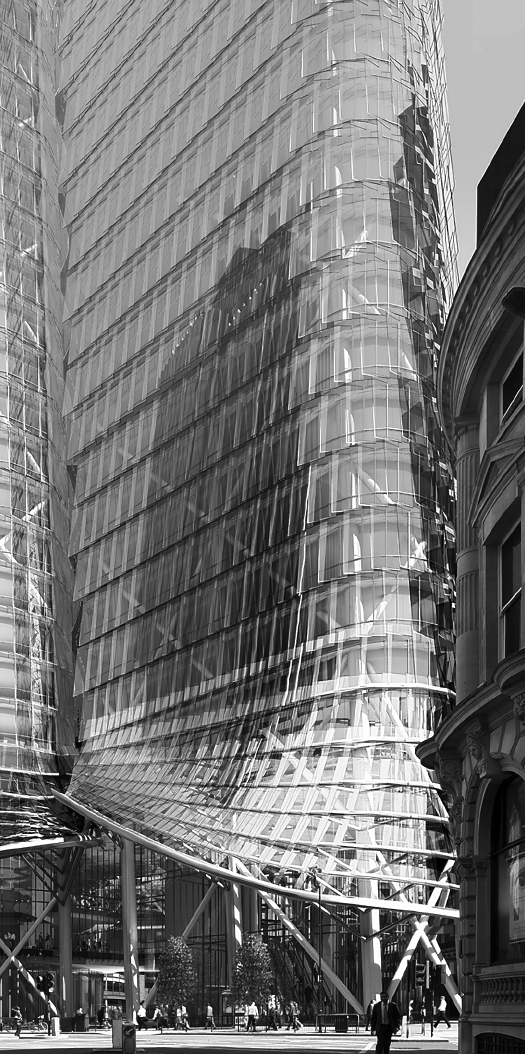Chapter 7. Applying What We've Learned

This is a book about design, although not design as it's typically practiced. Rather, we've focused on evidence and how evidence can be created and applied to make the work of architects and other design professionals relevant to the twenty-first century. The design professions must change to remain viable as the world around us changes. Technology and economics have sharpened client expectations for return on investment and changed the way our clients work. Although public admiration for signature design is very much alive, designers are more than ever being held accountable for high-performing buildings. It's rapidly becoming the norm to expect buildings and their interiors to be sustainable and cost-effective and to lead to positive behavioral outcomes—places that help people heal, learn, produce, and thrive.
THIS APPROACH TO DESIGN ISN'T JUST FOR LARGE, SPECIALIZED PRACTICES; NOR DOES IT ASK THE DESIGNER TO GIVE UP PASSION FOR THE ART OF ARCHITECTURE. IT'S ABOUT ADDING VALUE, NOT LIMITING CREATIVITY. TO THE TRADITIONAL APPROACH TO DESIGN, EVIDENCE-BASED DESIGN ADDS CONSIDERATION OF MANY TYPES OF KNOWLEDGE THAT HELP US ANTICIPATE HOW THE DESIGN WILL AFFECT HUMAN AND ENVIRONMENTAL PERFORMANCE.
The model developed and exemplified by the Work of the experts featured in the book is grounded in a belief that to remain relevant in a rapidly changing ...
Get Design Informed: Driving Innovation with Evidence-Based Design now with the O’Reilly learning platform.
O’Reilly members experience books, live events, courses curated by job role, and more from O’Reilly and nearly 200 top publishers.

